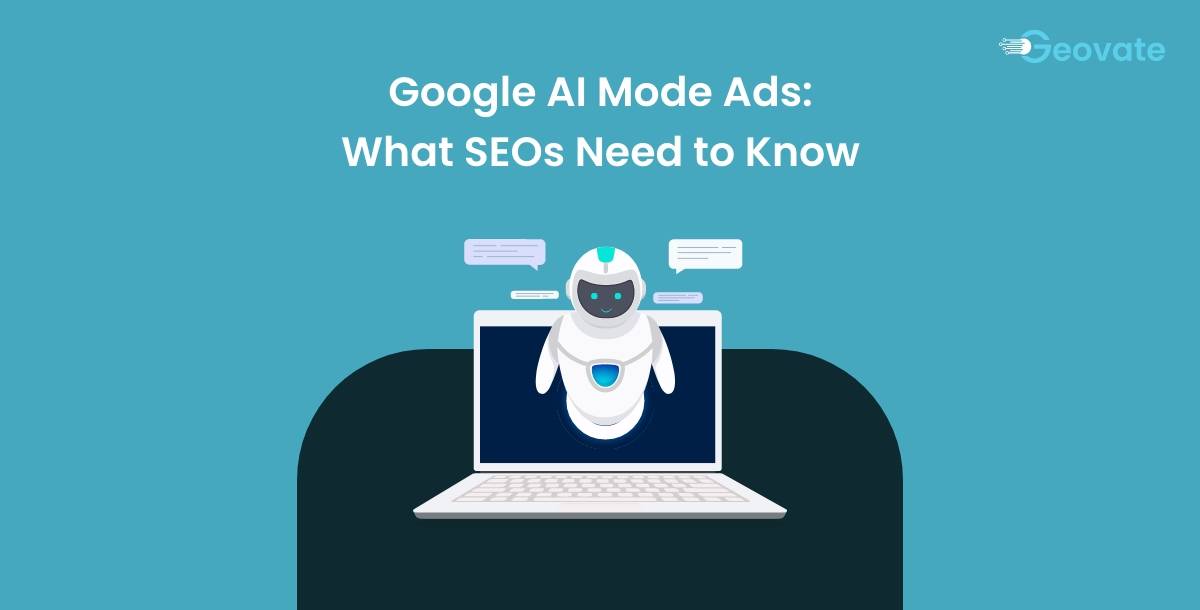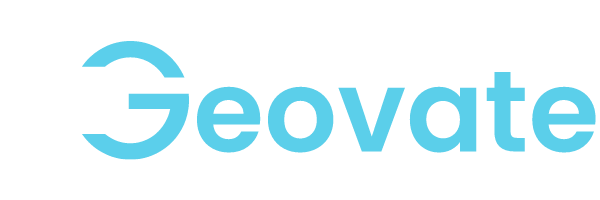Google AI Mode Ads: What SEOs Need to Know in 2025
Mon,22 Sep 2025 16:23:00- Font Size
- Share Content

Google has been steadily reshaping search with its AI-driven experiences, and the latest evidence makes it crystal clear: ads are coming to AI Mode. Recently, Ad Age uncovered internal Google documents pitching advertisers on AI Mode ad placements. Barry Schwartz further reported on these findings, confirming what many SEOs have suspected — AI Mode isn’t just an experiment, it’s the future of Google Search.
In this blog, we’ll break down the details of Google’s AI Mode ad plans, what they mean for marketers, and how SEO professionals can prepare for a world where AI-first search dominates the landscape.
Inside the Google AI Mode Ad Pitch
The leaked two-page document gives advertisers a glimpse into how Google envisions monetizing AI Mode. Here’s what stood out:
1. Ad Formats: Both text ads and shopping ads will appear within AI Mode.
2. Strategic Positioning: Ads are described as being part of a user’s “exploration,” guiding them to the “next step” — effectively making businesses appear as natural extensions of AI responses.
3. Broad Match Keywords: Google recommends advertisers lean on Broad Match for reach and relevance.
4. AI Max & Keyword-less Targeting: With AI Max, Google emphasizes automated targeting that removes keyword reliance.
5. Experiment Label: Ads in AI Mode are currently marked as an “experiment”, though history shows that Google’s experiments often evolve into standard features.
6. SEO Guidance: The document includes a few SEO best practices, but they come across as secondary — almost an afterthought compared to ad monetization.
Why This Matters
Google has made no secret of its ambitions:
- AI Mode has already been rolled out in the UK.
- It’s integrated into search tabs and even the Google homepage.
- Leadership has confirmed that AI Mode is “the plan” for the future of search.
While some SEOs argue that AI-driven traffic currently represents only a fraction of site visits, the long-term concern is much bigger: What happens when Google makes AI the default search experience everywhere?
The answer is clear—organic visibility will shrink even further, as ads blend seamlessly into AI-driven answers, capturing user attention before they reach traditional organic listings.
SEO Implications & Strategic Shifts
So what does this mean for search marketers and SEO professionals? Here are the key takeaways:
1. Expect Less Space for Organic Results
Just as featured snippets, People Also Ask boxes, and Shopping carousels pushed traditional listings further down the page, AI Mode will further limit organic visibility. Ranking #1 may not mean being seen.
2. Optimize Content as the “Next Step”
Google frames ads as the logical next action after exploration. SEOs should mirror this approach by creating content that:
- Provides clear, actionable solutions.
- Aligns with user intent at every stage.
- Positions your brand as the obvious next click.
3. Structured Data & AI Readability
AI Mode thrives on structured and contextual data. Schema markup, FAQs, product details, and clean site architecture will increase your chances of being featured in AI responses.
4. Prepare for Paid + Organic Blending
The line between SEO and PPC will blur. Businesses may need to rely more heavily on paid campaigns to stay visible within AI Mode. Think of it as an ecosystem of presence, not separate silos.
5. Monitor AI Mode Rollouts
The UK launch offers a preview of how AI Mode behaves in live environments. SEOs should track these rollouts closely to anticipate U.S. and global changes.
Looking Ahead: The AI-First Search Era
Google’s AI Mode ads are more than an experiment—they’re a signal of where search is heading. For SEOs, this means:
- Adapting strategies for AI-centric visibility.
- Balancing organic efforts with paid campaigns.
- Creating content designed to thrive in conversational, answer-driven environments.
The future of SEO will be less about where you rank and more about whether your brand is present within AI-driven search journeys. The earlier you prepare, the better positioned you’ll be.
Final Thoughts
Google’s move to introduce ads into AI Mode reinforces one truth: monetization always follows innovation. While AI search may not yet dominate traffic numbers, Google’s roadmap makes it clear that an AI-first search world is on the horizon.
For SEOs, the mission is simple: don’t wait until AI Mode becomes the default — adapt now.
Frequently Asked Questions
Q1: What is Google’s AI Mode?
AI Mode is Google’s new search experience powered by artificial intelligence. It generates contextual answers, integrates exploration features, and now, incorporates ads within the search journey.
Q2: What types of ads will appear in AI Mode?
Google plans to include both text ads and shopping ads, placing them as part of the AI-generated exploration flow.
Q3: How will AI Mode impact SEO?
AI Mode will likely reduce organic visibility as ads and AI-generated content dominate above-the-fold results. SEOs must adapt by focusing on structured data, user intent, and content that positions their brand as the “next step.”
Q4: Why is Google recommending Broad Match for AI Mode ads?
Google suggests Broad Match because it allows maximum reach in AI-driven experiences. Combined with automation and AI Max, advertisers can target intent without relying on exact keywords.
Q5: Should businesses invest more in paid ads because of AI Mode?
Yes, businesses should prepare for a future where paid and organic strategies are deeply intertwined. To remain visible in AI Mode, a mix of SEO and paid campaigns will be essential.
